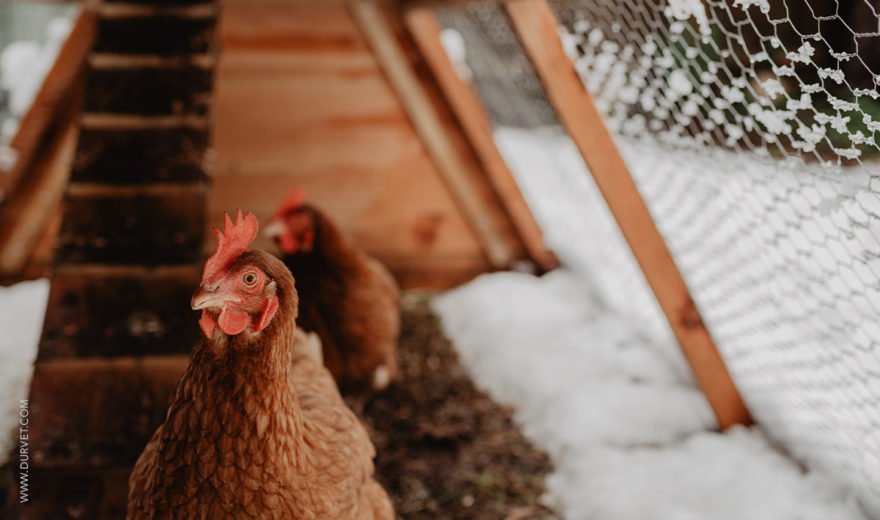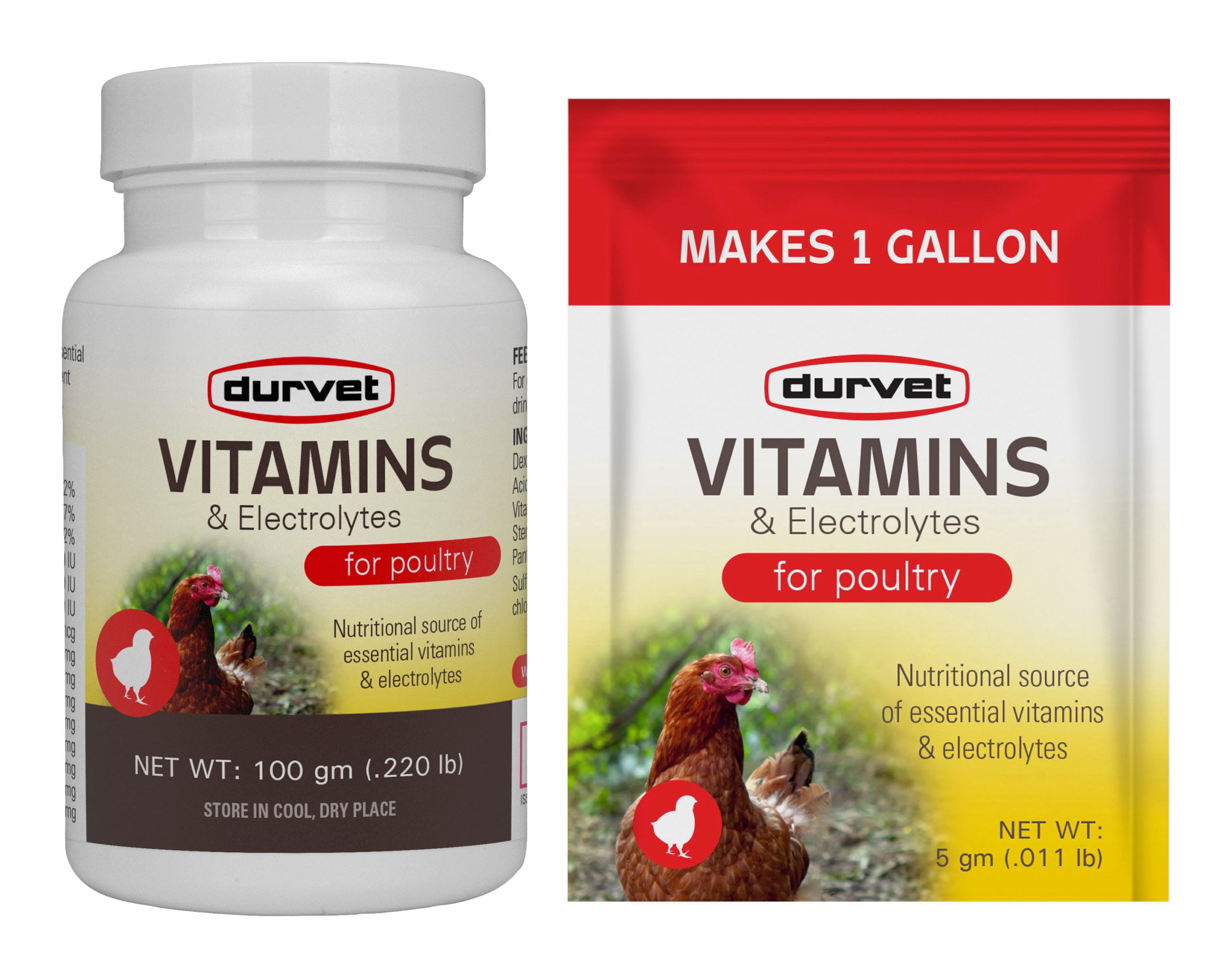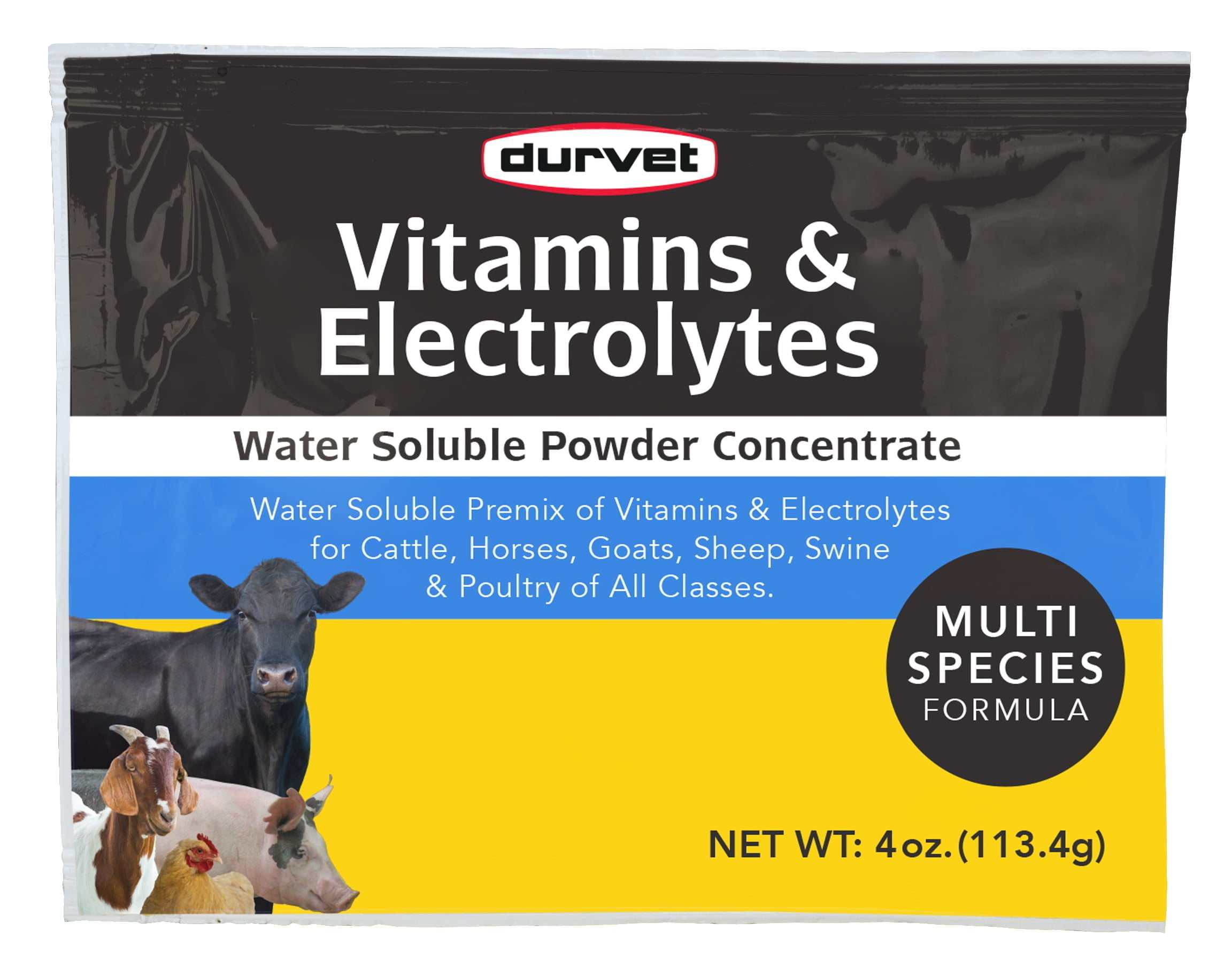
Keeping a backyard flock of chickens can be a fun and rewarding hobby. Homesteading has seen a major rise in popularity in recent years, and chickens can be seen in the backyards of many; from celebrities in Hollywood to rural farms around the country. If you have been contemplating joining the chicken-keeping club, there's no need to wing it! Not only do these cute, feathery companions give a great supply of fresh eggs, they provide entertainment to your family, pest management and free fertilizer! Raising chickens as a beginner can seem overwhelming with all the information out there, but we will walk you through everything you need to know about keeping chickens and reaping all the rewards from your flock.
Before committing to bringing chickens home, there are many things to consider. Ask yourself the following questions to find the chickens that are the right fit for you:
- Why are you raising chickens? Eggs, meat or pleasure?
- Do you have the space required? Where do you plan to keep them?
- Are you ready for the daily and weekly time commitment?
- Are there chicken ordinances where you live?
- Who will look after them when you aren't available?
Popular Backyard Chicken Breeds
Choosing the right chicken breed is just as important as raising the chickens themselves. Are you looking for lots of eggs, meat, or just friendly chickens? There are hundreds of breeds and factors to consider such as climate, egg production and temperament. Some of the most popular choices for backyard flocks include the following:
Rhode Island Red
- Hens average weight 6.5 lbs.
- Lays brown eggs
- Dark red feathers
- Dual purpose breed, most often raised for laying
- Hardy breed that does well in flocks
Wyandotte
- Hens average weight 6.5 lbs.
- Lays brown eggs
- Dual purpose breed
- Many different color varieties
- Great for small flocks or rugged conditions
- Good disposition, "curvy" shape
Ameraucana
- Many different color varieties
- Lays green eggs
- Great long-term egg production
- Dual-purpose breed
- Tolerant to all climate types
- Easy to handle
Orpington
- Hens average about 8 pounds
- Larger dual-purpose breed
- Lays brown eggs
- Many different color varieties
- Do good in cold weather due to size
After choosing the breed that best fits your criteria and needs, it's time to take the plunge! There are a few different options when getting started with chickens; you can buy hatching eggs, chicks, pullets or adult birds. Financially, the cheapest option is chicks. You typically get chicks at one day old. You can usually average out about how many chicks you will need by calculating about how many eggs you typically use in a week. One hen averages four to five eggs a week. Starting with five or six chickens is ideal because they are flock-oriented and like to be around each other.
The best place for beginners to purchase chicks is from a local farmer, hatchery or farm supply store. It is also possible for chicks to be shipped from purchasing online. It is also important to know what to look for while selecting chicks. All chicks should be alert and have clear, bright eyes. Feathers should look clean with good coloring. If chicks are lethargic, hunched in a ball, sitting by itself, reluctant to move or any nasal/eye discharge, you should avoid buying them.
Diet
Chickens should be fed a balanced diet composed of vitamins, minerals and protein. They are omnivores and typically eat grains, fruits, vegetables and insects. An average six-pound hen will eat roughly three pounds of feed each week. Chickens also love fruits, vegetables and bread scraps from the kitchen. Feed consumption may increase during the winter and decrease in the heat of the summer. The most critical part of a chicken's diet is having constant access to clean, fresh water.
Shelter / Coop Space Needs
A quality coop is essential to successful backyard chicken keeping. The good news is chickens aren't too picky when it comes to their living space. They need a safe place to rest, lay eggs, hide from danger and predators and be guarded against the elements. You don't need a huge space to keep chickens, at least 3 square feet of chicken coop space. In addition to coop space, chickens should have access to a safe outside run/pen with at least 10 square feet of space per chicken. The coop needs to be weatherproof with no leaks. Layer hens will also need nesting boxes - one box for every three chickens is recommended, but the more the better. Ensure the coop is well-insulated and ventilated with a light bulb or heat lamp added during the winter months. Make sure the coop is free of small holes for predators to sneak in.
https://www.high-endrolex.com/40
List of Basic Coop Requirements:
- Must be weather-proof
- Must have enough space for each chicken
- Coop should have good ventilation
- Must have nesting boxes for hens to roost
- Outside roaming / free area
- Predator proof
Daily & Weekly Time Commitment
Raising backyard chickens is relatively low maintenance, but it does require some responsibility and a time commitment. You'll typically spend about 10 to 20 minutes per day, and an hour or two on the weekends taking care of your flock.
- In the morning, let them out of the coop so they can exercise and move throughout the day. You'll also want to replenish their food and water.
- Eggs should be collected twice daily.
- In the afternoon, you can check on the chickens and give them a snack if you're home.
- Lock chickens back in the coop each evening at dusk to protect them from predators.
- Once a week, you should refresh the coop with new bedding and scrub down the feeders and waterers.
Tips for manure management: Dirty bedding can be disposed of in a compost pile or used as mulch in the garden to provide beneficial nutrients to your plants.
Common Chicken Problems
Just like every other animal, chickens can experience issues and are susceptible to diseases. As a chicken keeper, you will want to check your flock for signs of illness daily. Healthy chickens will be active and alert with bright eyes. They will also be moving around and will talk and sing quietly throughout the day.
If a chicken is experiencing symptoms such as lethargy, lying down, standing with eyes closed, runny droppings, bleeding, limping, runny eyes or wattles or missing feathers, there could be something more serious going on. The more time you spend with your flock, you will get to know their typical energy levels and personalities. Providing chickens with a clean living environment as well as plenty of exercise and sunshine should be enough to keep them healthy and thriving.
Backyard Chicken FAQ's:
Are backyard chickens hard to care for?
No, backyard chickens are generally low-maintenance pets. Chicken owners typically spend up to 10-20 minutes daily tending to their chickens. Plus an hour or two weekly for cleaning and sanitation of the coop.
How should I feed my chickens?
Chicks (newborn to 12 weeks) – feed an 18 percent protein chick starter
Young pullets/roosters (12 weeks until they lay) – grower feed that contains between 16 percent and 18 percent protein. Most commercial grower rations out there contain 16 percent protein. It’s very important to only use a feed that’s labeled as a starter/grower ration since layer feed has extra calcium in it – too much calcium can cause poor growth in backyard chickens that aren’t laying yet.
Layers – Offer layer feed, which usually contains 16 percent protein and extra calcium. Feed this when your hens start laying – roosters can eat it too.
How many eggs does a chicken lay in a day?
Depending on the weather and the chicken's diet, most hens lay one egg per day on average.
What do chickens need in their chicken coop?
Chicken coops need to have enough space for each chicken, good ventilation and protection from the elements, bedding and nesting boxes.
Should I let my chickens free-range?
When it comes to free ranging, there are multiple advantages and disadvantages. Choosing the right thing for your flock could depend on a variety of reasons.
What kind of bedding should I use in my chicken coop?
Great bedding choices include straw, hay, shavings, sawdust or sand.
Sources: The Happy Chicken Coop, University of Minnesota Extension, Chewy
Please Note: This information is for educational purposes only and not intended to treat, diagnose or prevent any disease. In all cases, it is each owner's responsibility to obtain veterinary services and advice before using any of the information provided. Durvet encourages owners to make their own animal health care decisions in partnership with their veterinarian. Please read all labels carefully. Product is for veterinary use only. Not intended for use in humans.

 BACK TO MAIN BLOG
BACK TO MAIN BLOG 




Comment